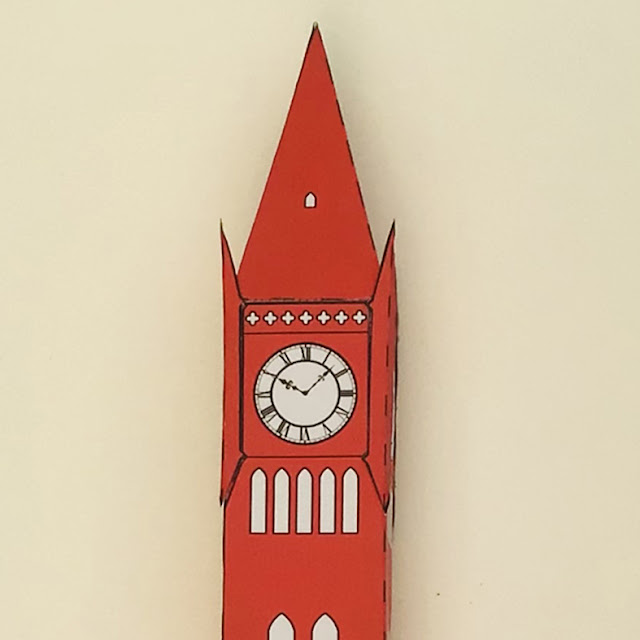SEVERNDROOG STORIES: 1. THE ORDNANCE SURVEY
 | |||
| Ramsden theodolite used to map England using triangulation. |
 |
| William Roy: Military Engineer and Surveyor 1726 – 1790. |
 |
| The scaffolding used to hoist the theodolite to the correct height. |
 |
| Ordnance surveyors 1879. |
Having worked with children in numerous schools over a number of years, we devise and deliver workshops that aim to capture childrens' imagination and inspire creativity as this energy can be harnessed to produce outstanding work. Having a strong story or narrative as a starting point has become an important part of this process we have found it usually produces the best outcomes. Working site specifically has been another rich layer to our work that seeks out local narratives with a global significance.
The story of Sevendroog Castle in Shooters Hill is the inspiration for our activities with the school pupils that has multiple strands that include world trade, piracy, lost love, Indian architecture and the Ordnance Survey.
The prominent position of the castle on Shooters Hill provided unrivalled views across London,
Surrey and Kent. The castle has been significant in the creation of the Ordnance Survey with William Roy harnessing the height of the castle to triangulate measurements using a theodolite mounted on scaffold. The castle served as a prominent look-out post for spotting planes during World War Two and more recently the castle hosted a pirate radio station.



Comments
Post a Comment